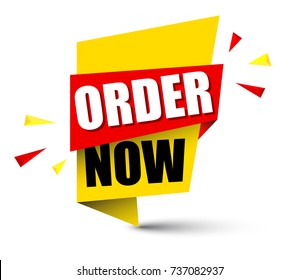Decision making means the process of selecting the best alternative based on individual
beliefs, preferences, and values. At times, there is limited time for managers to formulate policies
or addressing problems affecting an organization. A decision-making model refers to steps that decision-makers should consider to maximize the quality of outcomes. Many models of decision making are used in business organizations today, including intuitive, bounded rationality, rational, and Vroom-Yetton decision-making models.
Managers in an organization make four types of decisions: strategic decisions, programmed decisions, non-programed decisions, and operational decisions. Strategic decisions are concerned with the entire environment within which business operates. They are also decisions that are based on the long-term goals and vision of an organization. Programmed decisions are those that are based on a well-understood criterion. Unprogrammed decisions are unique and lack clear guidelines for reaching solutions. Operational decisions are those that are
made in the course of managing the day-to-day activities of a business organization.

Behaviors can lead to faulty decisions in a business organization. One such
behavior is laziness as lazy people do not gather information, check facts, or confirm assumptions. Another behavior that results in the wrong decision is failing to consider the possibility of negative events. Considering only the positive side of a decision is a behavior that increases the risk of faulty decisions. Using past data to make future projections is another behavior that can lead to faulty decisions. In other words, using approaches that worked in the
past increases the likelihood of making faulty decisions.
A rational model is one that requires decision-makers to use facts, analytics, and a step-by-step process to arrive at a decision. The five steps of a rational decision-making model include problem identification, establishing decision criteria, generating alternatives, evaluating alternatives, and selecting the best alternative. The Vroom-Yetton model is one that helps decision-makers to identify the best decision-making approach to employ based on the situation at hand. The model argues that the best leadership style is that which is contingent on the situation. It allows
decision-makers to consult their subjects individually before deciding themselves. Read more on APA
